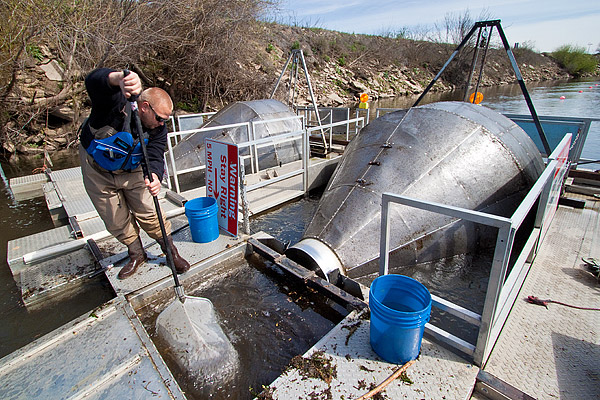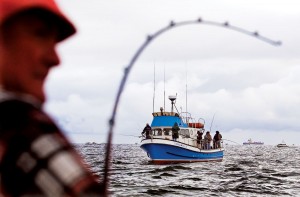Mercury News

A full moon shone brightly over the Santa Cruz Small Craft Harbor very early Saturday as a steady stream of boats, stocked with fishing lines, headed out to sea. Some returned in a few hours, their ice chests filled with the allowed quota of large shimmering fish - a sign, they say, this salmon season will be prolific. "It was excellent," said Brad Miller of Ultimate Fish Charters. "We got early limits for our passengers. They were nice, decent size keeper fish"... Read more >









